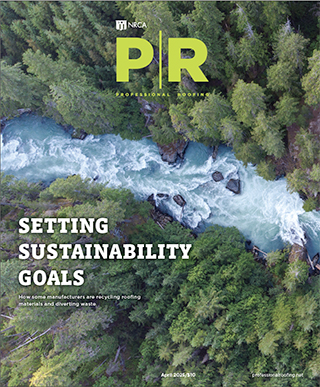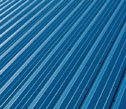This year's METALCON International, held Oct. 11-13 in Atlanta, offers an educational program schedule that includes the type of technical seminars you would expect. But in addition, much of the schedule is focused on the ever-popular topic: "green."
Now encompassing anything remotely environmentally friendly, the term "green" can be applied to virtually any roof system—and metal is no different. Metal is a versatile enough product that it can be made more energy-efficient and environmentally friendly fairly easily.
This month, two of our features focus on green applications of metal roof systems.
In "Evaluating metal roof assemblies," page 24, the authors discuss how to increase the thermal performances of metal roof systems. The article is based upon the authors' research and was presented at the 2011 International Roofing Symposium held in September.
And this month's job profile, "The power of Emagine-ation," page 38, showcases how metal roof systems can be combined with solar panels and other roof coverings to create an energy-efficient roof system. The project, installed by Wm. Molnar Roofing Co. Inc., Riverview, Mich., was vast and completed despite inclement weather.
This month's cover (and Close-up) showcases an extraordinary home with a metal roof system. The homeowners have applied for LEED® certification, proving green metal isn't just for commercial roofing projects.
The roofing industry has now fully embraced the green movement, and technology is changing rapidly to keep pace with growing demand. And contractors who stay abreast of the changes and attend shows such as METALCON will have a discernable advantage.
Ambika Puniani Bailey is editor of Professional Roofing and NRCA's senior director of communications.

